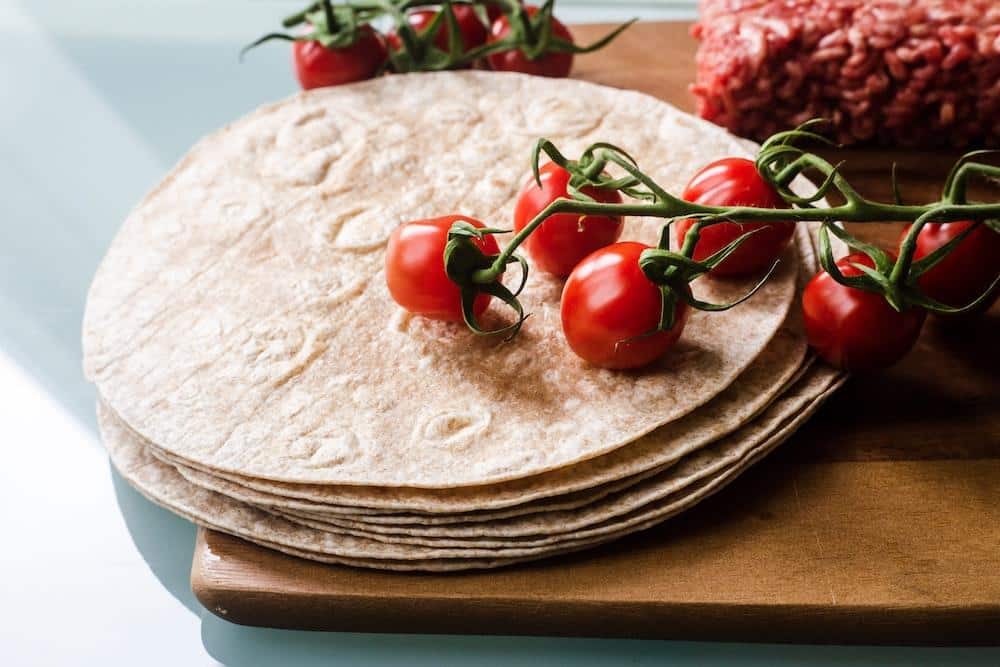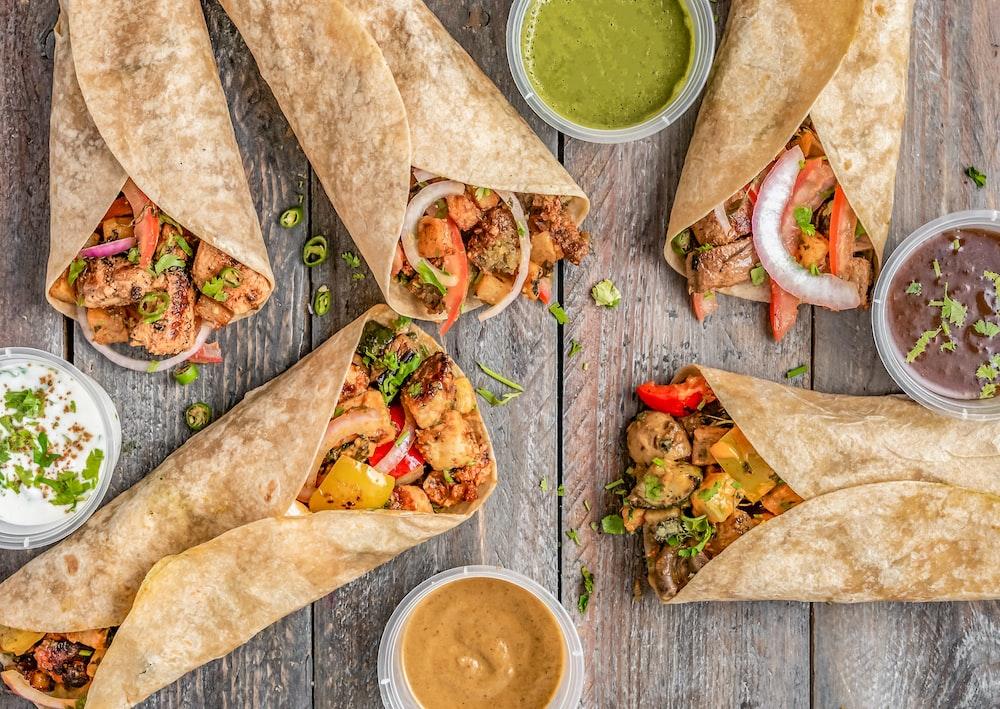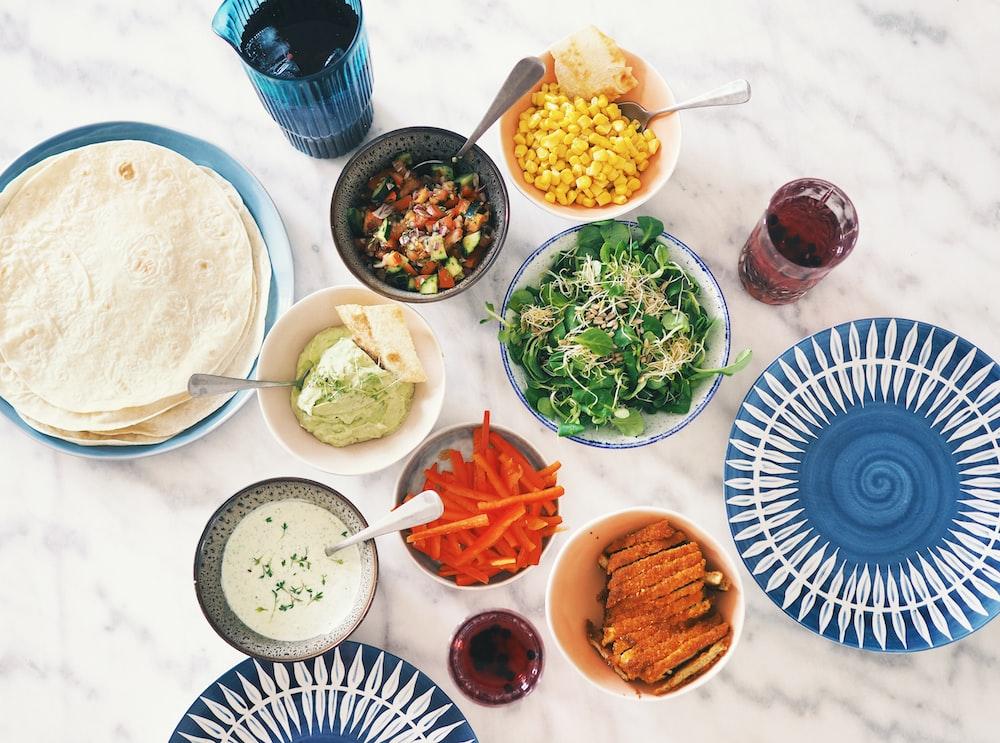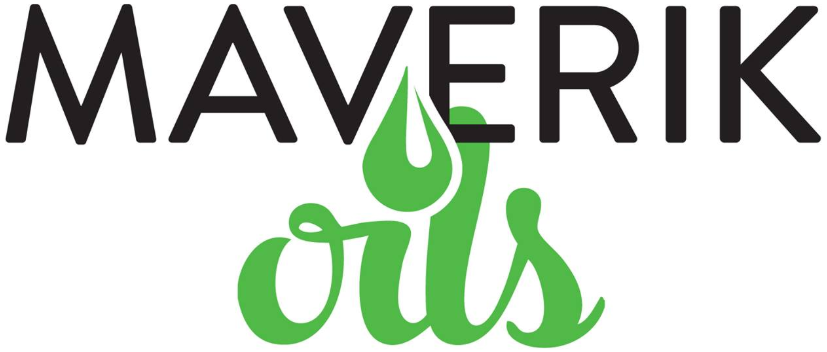The Origin and History of Tortillas
From being a main feature of burritos and tacos to quesadillas and enchiladas, tortillas are one of the most versatile foods in the world. Whether you go to a restaurant, grocery store, or local food truck, you can find tortillas everywhere. Because of its unique flavor and texture, tortillas are one of the most popular food items in the world.
However, as it turns out, this famous unleavened flattened bread is older than you think. American immigrants have been pressing tortillas even before the United States existed, way before the Spanish arrived in the city of Mexico, and long before the Mayans and Aztecs began constructing the pyramids. Surprising, isn’t it?
This brings us to the question, “Where did tortillas exactly come from?” In this article, we will tell you everything there is to know about the history of tortillas. So, grab some guacamole and salsa, and let’s dive right in!
What Is a Tortilla?
Before we take you back in time, let’s start with the basics. Described as thin, unleavened, round flatbread made from dried and finely ground corn or wheat, salt, and water, tortillas are an essential part of classic Mexican cuisine. Although they are widely used in Latin America, tortillas have played an instrumental role in taking the food of Mexico global. Tortillas are commonly used in dishes like burritos, enchiladas, tacos, quesadillas, tortilla soup, and chilaquiles.
The History of Tortilla
The origin of tortillas dates millennia, to when maize was first cultivated and cared for by the American inhabitants who lived in the Sierra Madre Mountains in Mexico. According to food historians, the first-ever tortilla was invented by a Mayan peasant for his hungry king in 10,000 BC. The historical tortilla was made using finely ground corn which was a stable food for many Mesoamerican societies, including Mayans and Aztecs. It is said that during the Aztec era, corn tortillas were either eaten plain, stuffed with meat and beans, or dipped in chili sauce.
In the year 1915, Hernan Cortes, along with some Spanish conquistadors, succeeded in conquering the capital of the Aztec empire, Mexico-Tenochtitlan. This officially opened gates for Spanish immigrants to the United States. However, at that time, little did Hernan Cortes and his army knew that Mexico-Tenochtitlan would soon become the famous Mexico City.
According to Chapala, it was after the conquest that the Spanish Conquistadors saw and ate the indigenous corn flatbread, which went by the name “Tlaxcalli.”
Inspired by the taste and technique of the flavorful invention, Hernan Cortes wrote a letter to the Spanish King Charles V in which he described the public market as a place where a wide variety of affordable merchandise was available. In his letter, Cortes described Indian corn and maize in the form of bread and grain as the main staple of the Mexican diet.
Because of the popularity of the dish, the Spanish acted fast and changed the name of the Mexican flatbread to “Tortillas” and spread them all around the world. Since then, the tortilla hasn’t only been the cultural icon of Mexico but has also been the foundation of many Mexican dishes.
Tortillas Are More Than Just Corn
Another Spaniard noticed the primary cuisine of the Aztecs in the 16th century. In 1529, Bernardino de Sahagun set off for Central America, where he remained for more than 50 years. Sahagun explored various Aztec cultural practices and beliefs as well as the indigenous language, Nahuatl. Sahagun was a missionary priest who spent his time spreading Christianity in “New Spain.” He said that in addition to corn, the Aztecs also used squash to make tortillas. He also kept a record of unique tortilla variants that contained turkey eggs and honey.
Different Types of Tortilla and Their Origin

Did you know that there are more than one type of tortilla? This section of the article has you covered. Now that you know how the first-ever tortilla was made, it is time to learn about the two different types of this unleavened flatbread and how they came into being:
The Origin of Corn Tortilla
As stated earlier, when the Spanish conquerors entered Central America in the 1500s, they were fascinated by the little round pieces of bread that were made from corn and went by the name “Tlaxcalli.” The Spanish dubbed the name “torta,” which meant “little cake.” Hernan Cortes, the commander of the Spanish conquistador, was so enamored with the creation of tortillas that he wrote a letter to his home king, telling the ruler about the wonders of the delicious cuisine.
The people of that time used the nixtamalization technique to make corn tortillas. They started by soaking the corn in a mixture of lime and water. This was done to separate the kernel from the corn’s skin. The makers then grind the kernels into a dough which is called “masa.” The dough is then divided into golf ball-sized portions. The dough is then divided into thin circles and placed on a hot grill. Corn tortillas are used to make the following menu items Tacos, Enchiladas, and Chilaquiles.
The Origin of Flour Tortilla
Even though flour tortillas don’t have a long history like corn tortillas, they are still a very significant part of Mexican Cuisine. While the origin story of flour tortillas has been debatable for years, they are now more popular than corn tortillas. Depending on which source you are referring to, flour tortillas have a Moorish influence or a Jewish influence, or both.
In order to escape from the Spanish Inquisition, in the 1500s and 1600s, more Spanish Jew immigrants came to live in Central America. Considering the fact that corn was not kosher, the Jew immigrants were accustomed to eating flat pita bread only.
This was when the desire to eat something new inspired the Spanish Jews to make a tortilla using flour, salt, and water. Instead of lard, the kosher and vegetarian versions of the flour tortillas included vegetable and butter shortening. Similar to their corn counterparts, the flour tortillas are pressed or stretched and placed on a hot comal or griddle. Compared to corn, flour tortillas are more expensive and are used to make Burritos, Tacos, Crepes, Flautas, Vegan Pizza, and Chimichangas.
What Does “Tortilla” Mean?
Tortilla is derived from the Spanish word “tort,” which literally means “little cake.” The name was given because tortillas are essentially flattened and unsweetened little corn cakes. The Spanish gave the flatbread the name tortilla when it was brought over from Central America to Europe.
However, tortillas aren’t just Spanish. Instead, in some parts of Southern Spain, tortillas are made using chickpeas and are fried until they have a thin and crispy texture. Although they might look similar to the traditional corn tortillas, chickpea tortillas originated in Greece and were brought by Arabs to Spain.
Today, corn or flour tortillas that we all love started out in South and Central America and were introduced to the rest of the world by the Spanish conquerors.
The Different Names of Tortilla Throughout History
Tortilla comes from the Nahuatl word “Tlaxcalli,” which is derived from the longer-term “Tlaxcalli Tlan,” meaning “the place of tortillas.” Furthermore, in the Maya community, the tortillas were called “Waaj,” in Otomi, “Hme,” in Mixteco, “ndita,” and in Zapteco, “gueta or eta.” However, today the Mexican flatbread is called a tortilla worldwide.
The Evolution: How Tortillas Took Over the World

Tortillas have undoubtedly risen from their humble beginning as a peasant gift to become one of the most well-liked and consumed dishes worldwide. According to research, the typical Mexican consumes 80 kilograms (or about 800) of maize tortillas each year. Additionally, the US consumes a large amount, about 120 million each year.
Next, with the invention of the specialized tortilla-making device, people could produce up to 60,000 cooked tortillas in an hour. In America, tortillas are more popular than bagels or muffins and are second only to sliced bread in the baked goods section due to the mass production of tortillas, which has only increased the world’s love affair with them to new heights.
Tortillas Are Literally Out of This World
If you have ever heard or read about the life of astronauts, you must know that not everything is edible in space. For example, the combination of crumbs and anti-gravity makes eating toast in space impossible. Therefore, after many experiments in 1985, NASA decided to supply tortillas to astronauts in space as they are a mess-free and easy way to enjoy meals while floating in the air.
Furthermore, the astronauts and tortilla makers sat together to create shelf-stable tacos that won’t grow mold and have a longer life. They did this by removing all the oxygen from the tortilla packet before sending it into space. NASA has also found a way to control the pH and reduce the water activity of the tortillas, which makes sure to keep them fresh and delicious in outer space.
Selecting and Serving Tortillas

According to food historians, there are several factors that you must consider when selecting and serving tortillas. Some of them are listed below:
- Preference: For years, there has always been a debate about flour or corn tortillas. Though both can be used in making traditional Mexican dishes, it all comes down to your personal preferences.
- Size: Available in a variety of sizes, tortillas can be used for several purposes. Whether you want to use a small tortilla to make the perfect taco base or a large tortilla to roll a burrito, there’s a tortilla for just about everything.
- Ingredients: You can make a tortilla using either wheat flour or corn. Both ingredients have different flavor profiles. For example, while flour tortillas are often covered with honey and sugar and served as desserts, fried corn tortillas make the perfect pre-meal appetizer.
- Serving: Whether it is flour tortillas in the form of everyone’s favorite Tex-Mex fajita tacos or corn tortillas in the classic chicken enchilada, this flatbread can be served in any way you like. However, make sure to keep the tortilla at the ideal serving temperature.
Tortillas, Today
Even today, tortillas remain one of the most popular bread products in the global market. This can be understood by the fact that in the mid-20th century, a lot of tortilla lovers revolutionized the process of making the famous flatbread. They started using machines instead of hands. Using these specialized machines, people were able to make over 60,000 tortillas in an hour.
Currently, the United States is home to a tortilla industry worth $6 billion, which includes taco shells, tostada shells, chips, corn tortillas, and flour tortillas. These prove that tortillas are more popular in America than muffins and bagels.
Wrapping It Up, Literally!
Now that you know the history of tortillas, it will be fair to say that even today, Mexican cuisine is incomplete without the iconic unleavened flatbread. Who knew that what started as an experimental dish to please the king in 10,000 BC would end up changing the landscape of Mexican cuisine forever? While corn tortillas are still considered a classic, it is only fair to say that flour tortillas are equally scrumptious and have an even greater fan following.
No matter what your preference is, tortillas can be used in more ways than you can imagine. One thing that you should know is that tortillas can become stale quite quickly. Because of this, it is important to buy fresh ones before every meal.
Are you hungry? No one can read so much about tortillas and not crave one. So, what are you waiting for? Order corn or flour tortillas from your favorite restaurant or food cart today!


